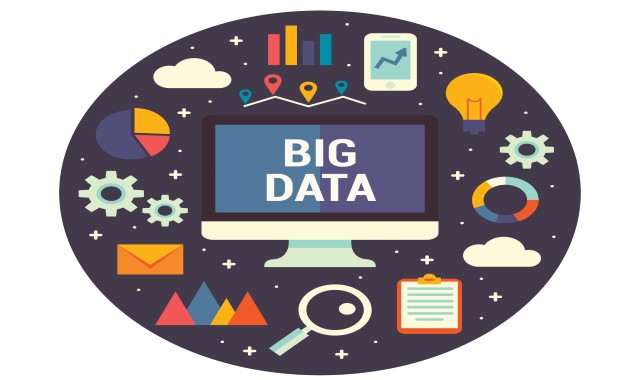statistics was and is still used continuously in the collation and assessment of various sampling tests, be it human or material.
It has always been the necessary mathematical tools and concepts used in business management, typical workflows, and some business applications.
The numerous advantages statistics brings to the table is quite impactful in understanding the reasons behind patterns and behaviors. And over the years this field has grown or better put, integrated with the advancement in technology to the point where it is no longer statistics but now called data science.
The study of data science or big data as industry professionals frequently call it—has in recent times, started to attract more students and IT professionals alike, because it is rapidly becoming the cornerstone for business analysis, predictability, and implementation especially in emerging markets.
The distinction between traditional ways of doing business and the use of big data is becoming more and more glaring, as evidence supports better results when “big data” is put to use in any industry.
Many examples illustrate the disruptive movement of computer-based data analytics into traditional systems of business management activities. A lot of startups recently emerged in the arena of big data analytics with the sole purpose of assisting corporate organizations improve their businesses.
Several drivers of innovation have (been documented) some of which point to a potential disruption through modularization of a technology-assisted business model. Whether sustaining or disruptive, the threats and opportunities brought about by the democratization of information and big data will impact the business world.
here some reasons why data science is becoming an indispensable part of every business.
Speed and Accuracy
In today’s world, companies are always creating new data, from sales and marketing to customer relations, logistics, and more. Besides, there is a massive amount of data generated by websites, public databases, social media, etc.
While traditional business methods may require weeks or even months studying internal workflows, interviewing customers, or discussing with key personnel, one can now search social media, purchase history and draw amazingly precise customer profiles in a matter of hours.
What Should I Do to Make an Effective #Video #Marketing #Strategy? https://t.co/3iAp9uMU6S
— 5bestthings.com (@5bestthing) July 4, 2019
Strategy Execution
A strategy can only be as good as the information available. Business decisions are most times made with a lot of uncertainty, thereby making the outcome of that strategy unsatisfactory.
Initially, a strategy may appear as a logical and analytical process by which to understand the environment, the industry, the client’s strengths, weaknesses, competitors, and required competencies—
—this kind of meticulousness is required to deploy a competitive edge, but in most cases, as time passes, the various uncertainties will start to be resolved, and existing strategies will need to be modified accordingly.
But if at the very beginning the data we used to deploy such a strategy is corrupted or inaccurate, then it will be safe to say that the exponential results of such a plan will be catastrophic rather than helpful.
Big data in the use of value chain

The sequential chain of activities that a product passes through, from creation to delivery in an organization is called the value chain. The term value chain was adopted because each undertaking is supposed to serve a purpose, and overall, this purpose is always to add value to the product or services that are offered by an organization.
Every establishment should endeavor to continually seek out ways of maximizing the added value and minimizing the cost of each activity in its value chain, as well as their inter-relationships in accordance to their specialization strategy.
A value chain can be “optimized” by benchmarking industry best practices, but how can you even begin to tweak your value chain without accurate data—this is where a data scientist comes into play.
With proper analysis of data, a value chain can even avoid interference from competitors altogether and thereby produce enormous returns.
Read More: Best YouTube Channels to Learn Big Data From
Customer Segmentation
defining customer segmentation serves many purposes, such as identifying the needs and economics of each segment, identifying the players serving each section, and effectively aligning value proposition.
There are always several dimensions along which to segment a market. The interplay between these many possible dimensions makes segmentation an art, which means that there is no right way for segmenting a market.
But with the advancement of technology and data science, the role of data analysts is to enforce a detailed tracking and analysis of transactions which, when combined with more flexible value chains, enables companies to tailor their communications and products and serve segments as small as a single consumer.
Nevertheless, segmenting customers into “groups or clusters” remains necessary, as this helps design more effective marketing programs and sustain the economy of scale.
In conclusion
Here we are just going to talk about market analysis which is similar to market segmentation, but instead of looking at individuals, it identifies holistic attributes such as total potential market size, life cycle, the basis of competition, the role of government, barriers to entry, cost-structure benchmarks, etc. Now with everything we have explored, If you are still not convinced that data science has become an integral part of business today—then I don’t know what will.



